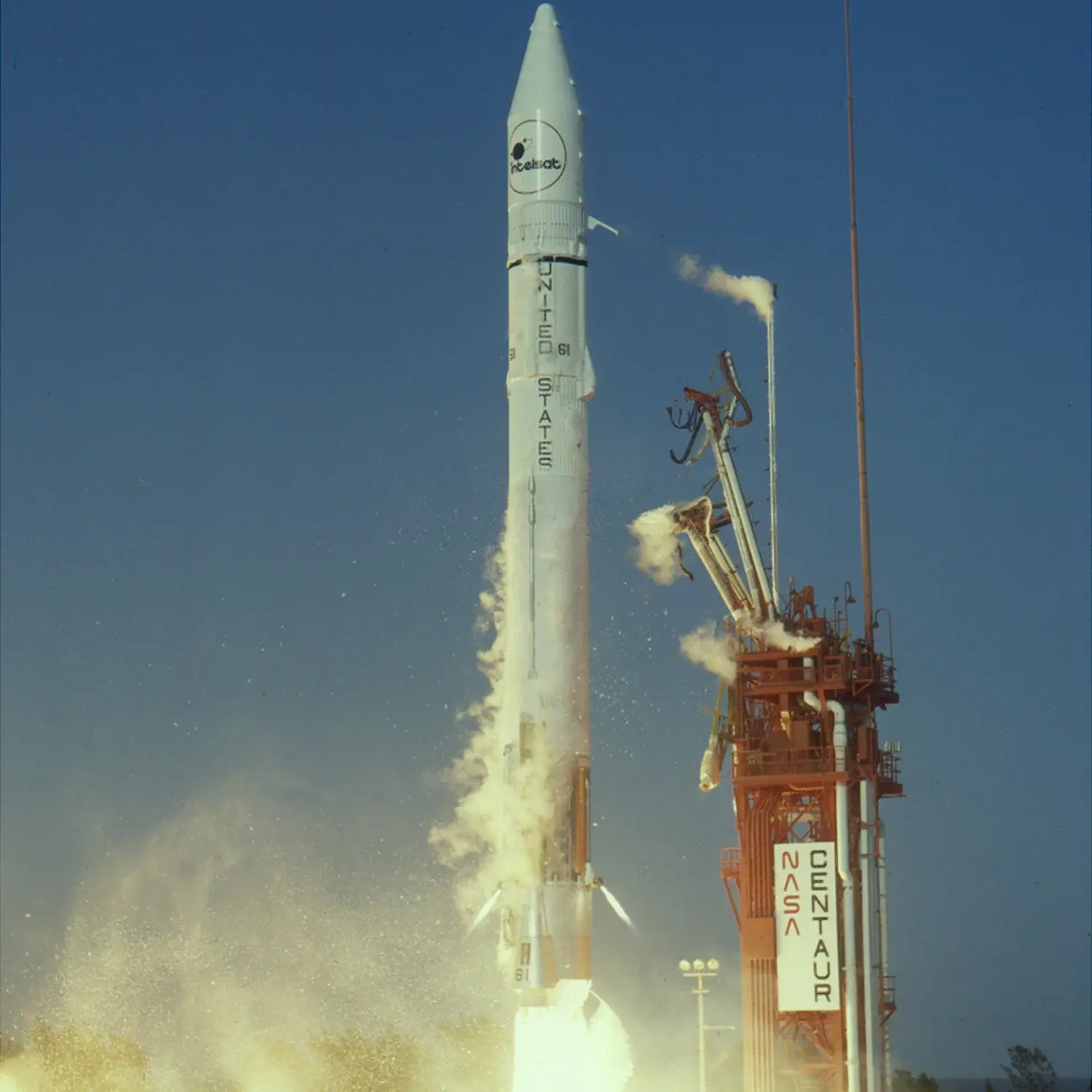Intelsat 4A F1
Launch Success
Liftoff Time (GMT)
00:17:00
Friday September 26, 1975
Watch Replay
Official Livestream
Mission Details
Intelsat 4A F1
Hughes Space and Communications Company, today known as Boeing Satellite Systems, built six Intelsat 4As with improved telecommunications capacity to handle the rapidly increasing traffic. These satellites for the International Telecommunications Satellite Organization (INTELSAT) had the same basic structural design as their predecessors, the Intelsat 4s, but incorporated new antenna technology to provide approximately twice the capacity of Intelsat 4. This twofold increase in capacity was attained by reusing the same frequency through antenna spot beam separation. Each Intelsat 4A had 20 transponders (individual radio repeaters) compared to 12 aboard each Intelsat 4. Intelsat 4As over the Atlantic Ocean used 4 transponders for wide beam coverage, focusing on an area slightly larger than one-third of the world's surface--the area visible to the satellite. The remaining 16 transponders were used in the spot beam mode, where the satellite's power was concentrated on smaller selected areas within the satellite's coverage. The Intelsat 4A had an overall height of 22 feet, 11 inches (7.01 meters), and a diameter of 7 feet, 9 inches (2.38 meters). The spacecraft's solar panels, covered with nearly 17,000 solar cells, provided primary power of 600 Watts.
Geostationary Transfer Orbit
1 Payload
1,515 kilograms
Rocket

Launch Site
Stats
Atlas-Centaur
36th
Mission
3rd
Mission of 1975
1975
95th
Orbital launch attempt
